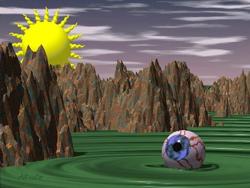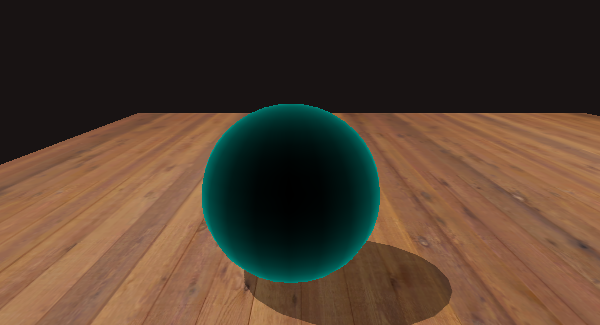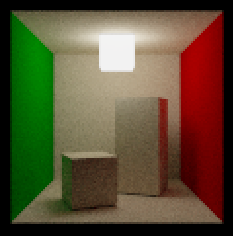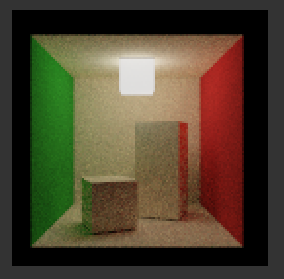@JoeJ Baked stuff fails at dynamics, so it fails at immersion as well.
No because most of the scene is static anyway. And quake 3 has dynamic lighting on the rockets. And the players have moving blob shadows which is just another form of ambient occlusion.
But i would say Quake 3 marks a sweet spot, and the diminishing returns started here.
yes
Doom 3 was super impressive after that. Since that, i never was impressed from gfx so much again, til yet.
I thought doom3 had bad gfx tbh, even a long time ago. I forget if i thought the gfx were good on day one though, i might have been impressed back in the day
Currently i'm very impressed from UE5. It's real progress and good work. But sadly, no games i like anymore, so it comes too late for me.
i prefer the ide of ue4, ue5 has tech such as lumen and nanite that i can never use
Well no. AAA companies invest half a billion maybe for a game. They have 1000 workers, investors, etc.
You as a single person invest very little on production and marketing. After that there is Steam, taxes… but you might 50 % from the cake.
In the end, it might not matter if you work on GTA 6 or a successful indie game. Financially, a similar outcome is quite likely i guess.
ceos will get millions no matter what, even if their company files for bankruptcy.
JoeJ said:
ot enough. For proper VR, we need display tech with true depth. In theory it can be done using kind of layers (i'm no expert), but afaik no success yet, and nothing practical in sight. If you want to make a VR game, the advise is to avoid close up stuff, or if so avoid a large depth range behind it, to
i used vr once and it felt the same as real life. i only used it for a minute though bc i thought somebody would rob me IRL, i was in a public place.
i didnt notice any depth issues but i only used it for a minute. how would your eyes and brain “know” the depth though if each eye is seperate?
Zuck must be from another planet
of course
assuming people would wear VR/AR goggles for longer periods of time.
seems like it would cause head and neck strain because of the helmet
I never dared to ask. But i think there must be a reason beyond artistic choice.
it fits the theme of the game
No, only one way is valid.
What i really mean is attitude, again. See the reactions to your other post. Just is i had predicted, no?
modernity
i noticed this as well. like game devs will not make videos criticizing a game engine, for example: they will say they use Unreal engine instead of Godot. but then when they discuss Godot, they will put as much padding as possible for godot and saying its a good engine. it makes me unable to trust reviews anymore. if a game isn't complete shovelware, reviewers seem like they will go out of their way to make excuses and give a good rating to the game. Of course i didnt get any such luck for my game, only seems to happen for games above a certain market threshold
for example i thought metroid dread was an embarassment but all the game reviewers give it glorious praise. A long time ago when Metroid Other M came out they would have bashed the game, but if Metroid Other M was released nowadays they'd give it glorious praise lol. For example, metroid dread misses the point of metroid which is casual exploration, and the entire plot is absurd also.









